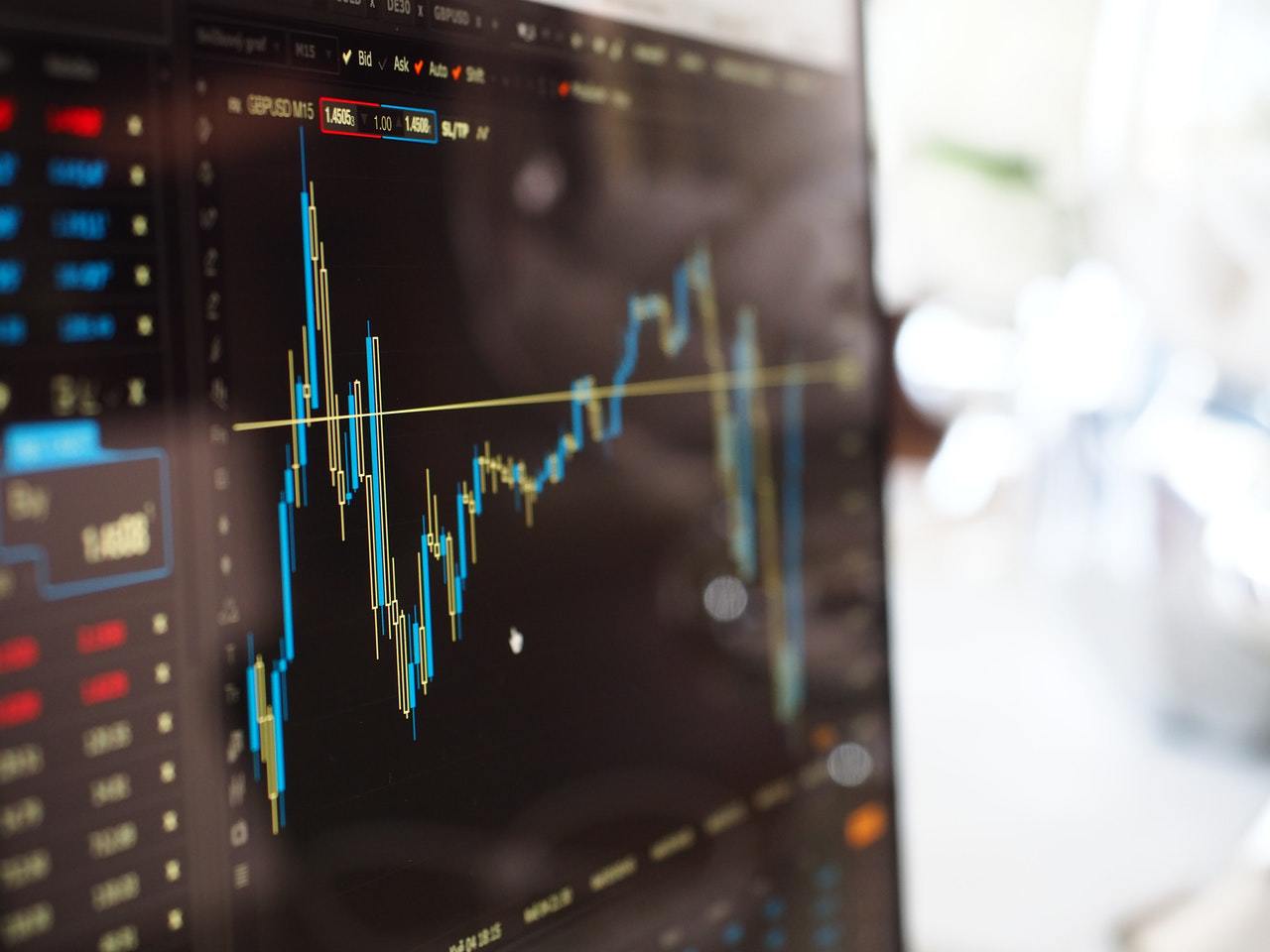This blog is the first out of three posts in a series that discusses the financing of the UN sustainable development goals. Next part of the series will discuss financial sector’s role in supporting the SDGs in developing countries.
Year 2015 was historical. During that year, world leaders agreed on the UN 2030 Agenda and set the new sustainable development goals (SDGs) that replaced the millennium development goals. Moreover, almost 200 countries adopted the first legally binding global climate deal, the Paris Agreement.
Achieving the SDGs and limiting the global warming to well below 2°C require enormous effort. More importantly, it requires a lot of money. In developing countries only, new investments worth 2.5 trillion USD are needed on an annual basis every year until 2030 to achieve the sustainable development goals. That is, on top of what is already invested.
To alleviate poverty and improve lives, we need investments in water and sanitation infrastructure, clean energy, education and health, only to mention a few. The UN goals are ambitious, and we are already running behind. Obviously, the investment needs will not end to 2030 which is only used as a reference because of the UN 2030 Agenda.
The funding gap is huge. No doubt. USD 2.5 trillion is equivalent to 25 times the size of the Finnish government debt. It is nearly half of the sum that European households spend on goods and services annually. So sure, it is a lot of money. Also, considering that the annual global amount used on foreign aid is less than USD 150 billion, only about 5% of what is needed.
COULD WE JUST IGNORE THE SDG FUNDING GAP?
The question is not whether we can afford to invest in developing countries, but whether we can afford not to.
As temperatures rise, climate refugee will become a buzz word. Estimates on the number of climate refugees by 2050 range from 25 million to 1 billion. In any case, we are looking at a migration wave beyond control. A tsunami that will reshape the global economy and many societies whether one likes it or not.
The number above does not only include people leaving their homes in the horn of Africa because of heat and drought, it also includes people in many other places leaving their homes due to natural disasters like floods or storms. And a key thing to remember is that these weather extremes, beyond lost opportunities and human suffering, threaten to lead to economic losses of much higher magnitude than the costs of proactive SDG action.
WHAT IS IN IT FOR YOU?
The coin, however, always has two sides. Instead of locking ourselves into pessimism, we should look at the opportunities. Massive investment needs especially in Africa provide tons of opportunities for responsible actors that provide world-class solutions to many of the big challenges of our time. These can include renewable energy technologies, health and education solutions, early-warning systems, sustainable forestry practice etc. Urbanization and other megatrends add to these opportunities.
How does your organization see it? Are you focused on opportunities or more worried about the risks? No matter where you stand now, Gaia can help you navigate the risks and identify new sustainable business opportunities, in Africa and beyond.
“SHOW ME THE MONEY”
The opportunities are there, for sure, but we still have the question of money. Who can finance the 2.5 trillion of new investments needed? The global aid community is doing a good job, but they are powerless when it comes to filling that gap. Or are they, really?
Maybe they just need a bit of imagination. They need innovative thinking and courage. And most importantly, just like the companies pursuing a new market, they need partners.
MORE INFORMATION
Minna Kuusisto, Gaia Consulting, +358 9 686 6620, minna.kuusisto [at] gaia.fi

